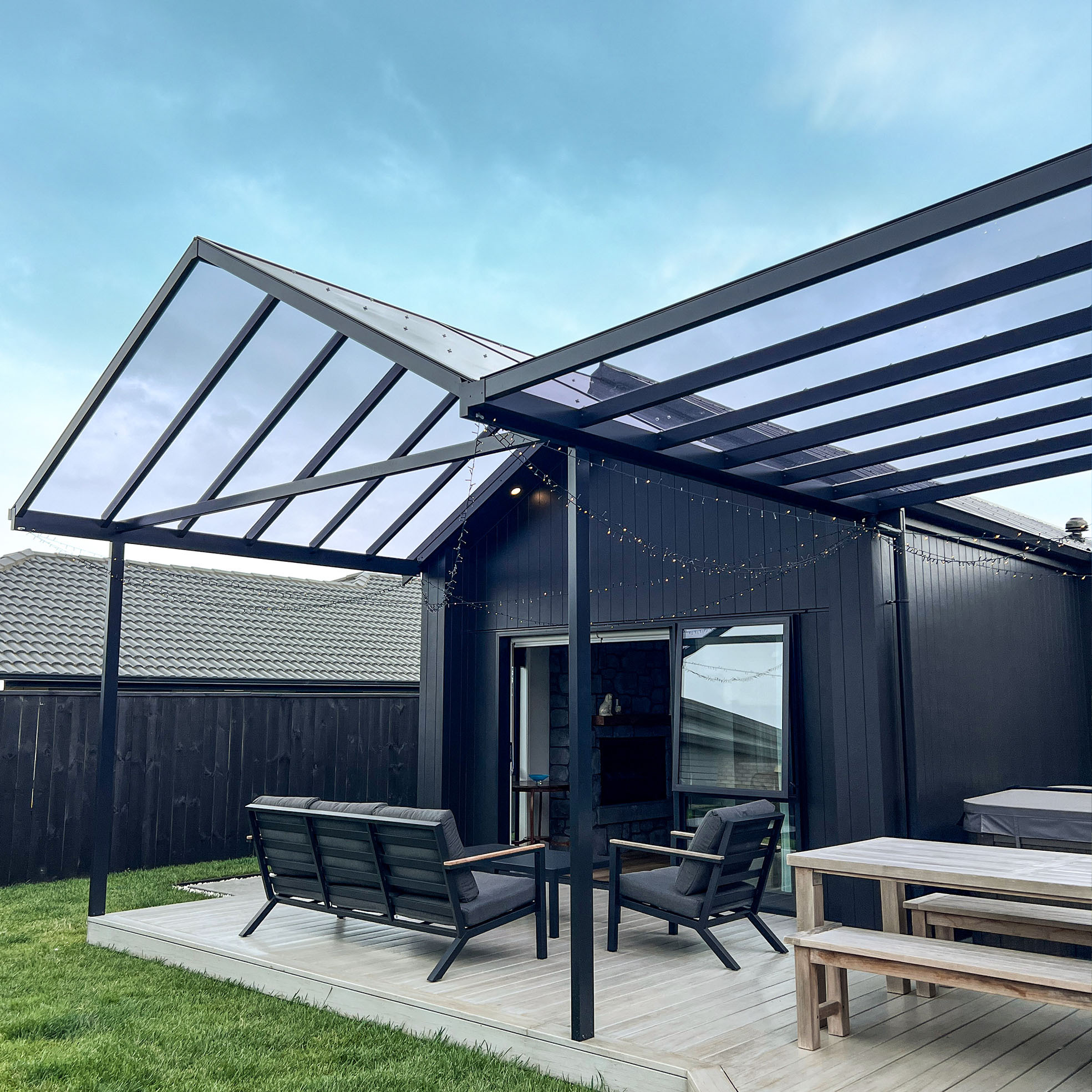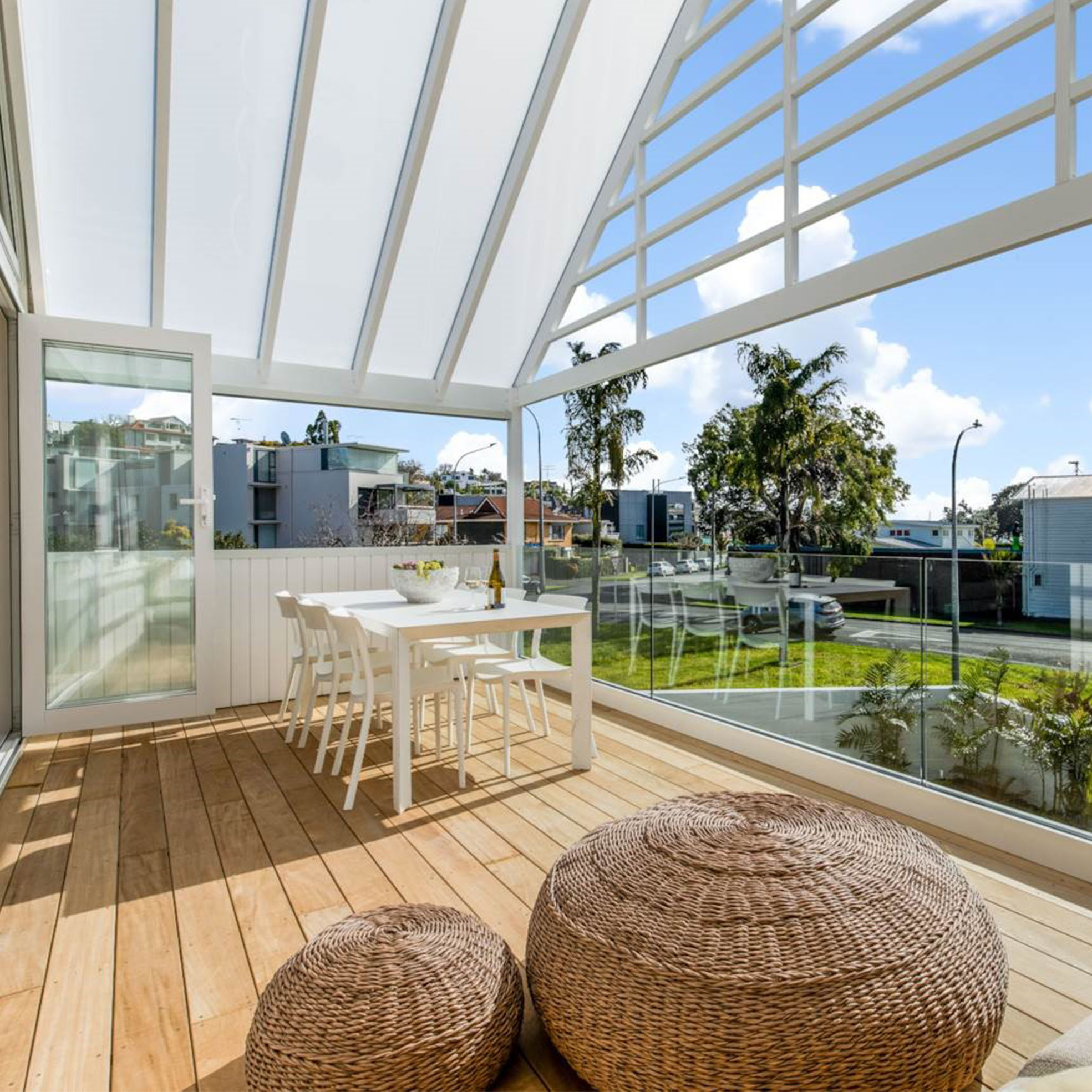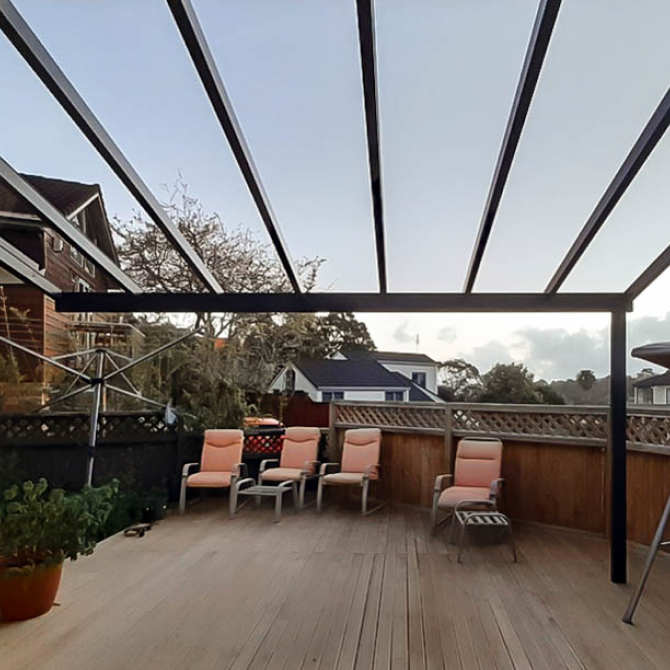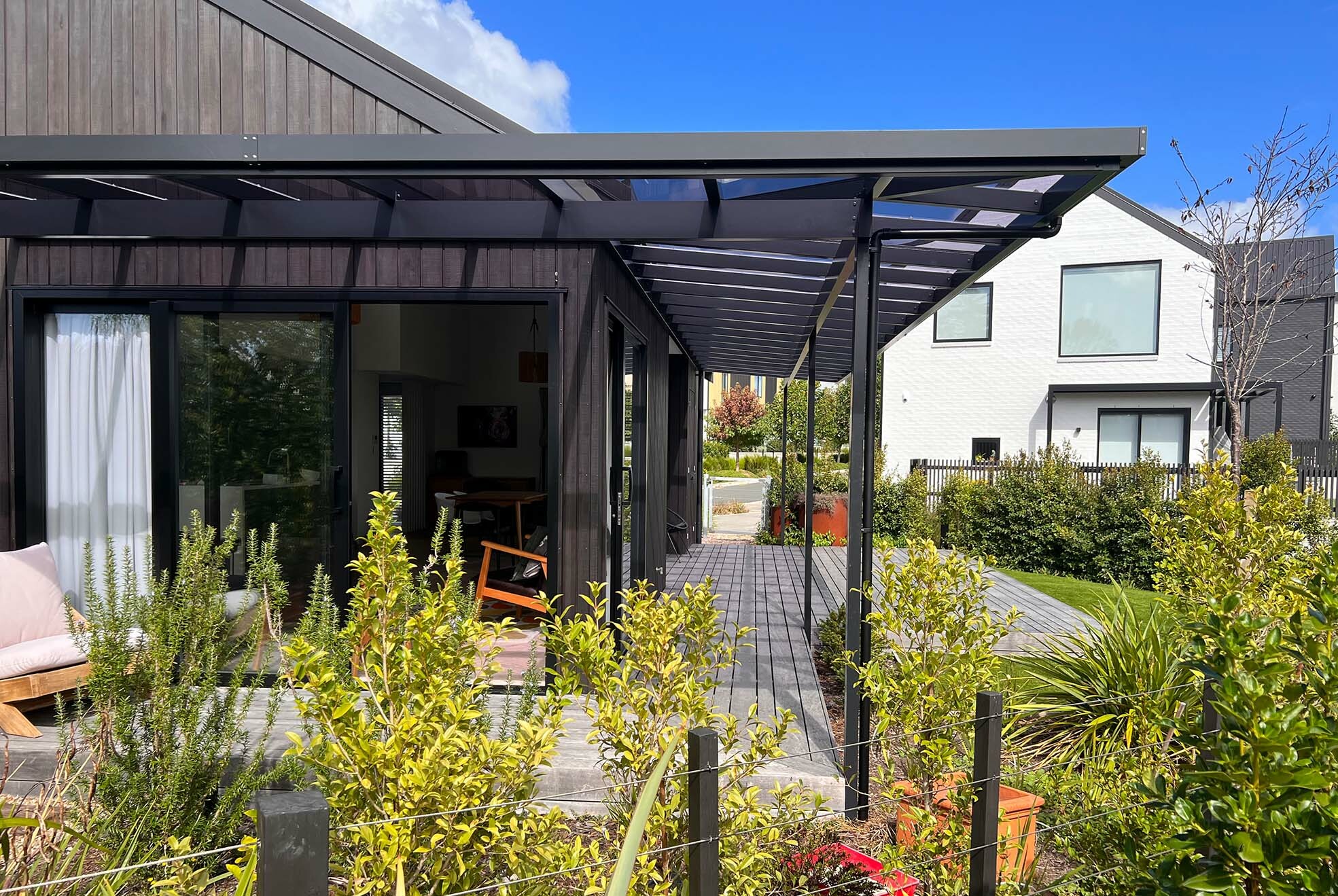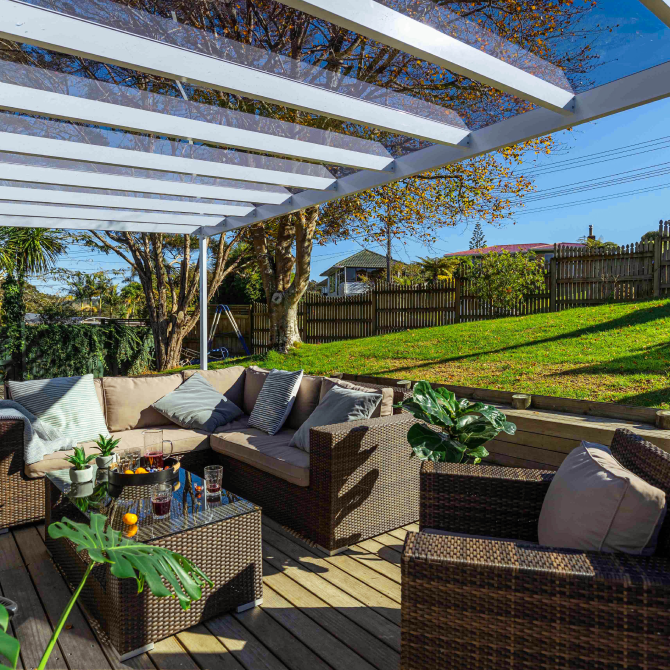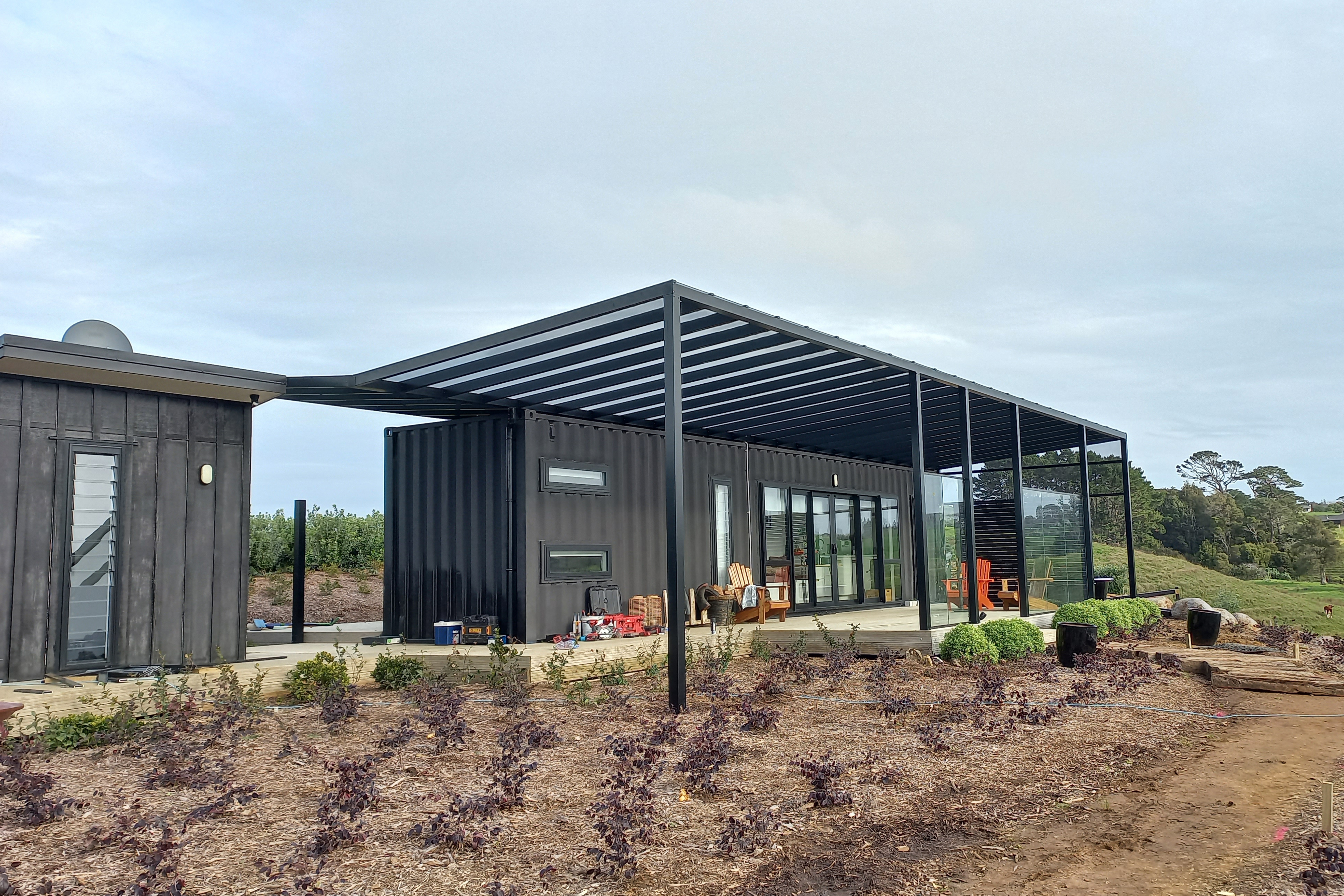How to incorporate a pergola into a pool area design

Why a Pergola is a Great Addition to Your Pool Area
A pergola can be a great addition to any pool area, adding both beauty and functionality to the space. Here are some reasons why you might want to consider incorporating a pergola into your pool area design:
Shade: One of the primary benefits of a pergola is the shade it provides. This is particularly important in a pool area, where sun exposure can be excessive and uncomfortable. A pergola can help to create a shaded area where you can relax and cool off.
Privacy: A pergola can also be used to create a sense of privacy in your pool area. By adding roller blinds to the sides of the pergola, you can create a secluded space where you can enjoy your pool without being disturbed.
Visual Appeal: A well-designed pergola can add visual appeal to your pool area. By choosing the right materials and style, you can create a structure that complements the rest of your outdoor space and adds to the overall aesthetic.
Functionality: A pergola can also add functionality to your pool area. By incorporating features such as built-in seating or a dining area, you can create a space that is not only beautiful but also functional.
Design Considerations for Pergolas in Pool Areas
When designing a pergola for your pool area, there are several important considerations to keep in mind. Here are some things to consider when designing your pergola:
Materials: The materials you choose for your pergola will have a big impact on its durability and appearance. Consider materials that are resistant to moisture, such as cedar or aluminium, and choose a stain or paint that complements the other elements of your outdoor space.
Size and Scale: The size and scale of your pergola should be proportionate to the size of your pool and the surrounding area. A pergola that is too large or too small can look out of place and detract from the overall design.
Location: The location of your pergola within your pool area is also important. Consider the sun exposure and prevailing winds when choosing a location, and make sure that the pergola does not block any important views or access points.
Functionality: As mentioned earlier, a pergola can add functionality to your pool area. Think about how you want to use the space and incorporate features such as built-in seating, a dining area, or a bar.
Types of Pergolas for Pool Areas
There are several different types of pergolas that can be used in pool area design. Here are some of the most common:
Traditional Pergola: A traditional pergola is a simple structure that consists of four corner posts and a series of cross beams or rafters. This type of pergola is typically used for shade and can be customised with curtains or drapes for privacy.
Arched Pergola: An arched pergola adds a touch of elegance to your pool area. This type of pergola features a curved or arched roof, which can be made from wood or metal. Arched pergolas can be used for shade or as a decorative element.
Attached Pergola: An attached pergola is attached to the exterior of your home or another structure, such as a garage or shed. This type of pergola is ideal for pool areas that are adjacent to a building, as it can provide shade and a seamless transition from indoors to outdoors.
Freestanding Pergola: A freestanding pergola is not attached to any other structure and is supported by four corner posts. This type of pergola is ideal for pool areas that are not.
Choosing the Right Materials for Your Pergola
When it comes to building a pergola, choosing the right materials is crucial for both the aesthetics and durability of the structure. Here are some factors to consider when selecting materials for your pergola:
Wood: Wood is a popular choice for pergolas because of its natural beauty and versatility. Cedar, redwood, and pressure-treated pine are all durable options that can withstand the elements. However, wood requires regular maintenance to prevent rot, warping, and fading.
Vinyl: Vinyl pergolas are a low-maintenance option that offer the look of wood without the upkeep. They are resistant to rot, fading, and insects, and can be easily cleaned with soap and water. However, vinyl may not offer the same natural look as wood.
Metal: Metal pergolas, such as those made from aluminium or steel, are strong and durable options that require minimal maintenance. They are resistant to rust and corrosion, and can be easily customised with a variety of finishes. However, metal may not offer the same warmth and natural look as wood.
Fibreglass: Fibreglass pergolas offer the best of both worlds – they have the look of wood, but are lightweight, durable, and low-maintenance. They are also resistant to insects, rot, and fading. However, fibreglass can be more expensive than other materials.
When selecting materials for your pergola, it is important to consider your budget, the climate in your area, and the look you want to achieve. A professional pergola builder can help guide you through the decision-making process and ensure that you choose materials that are both functional and aesthetically pleasing.
Maintaining Your Pergola for Longevity
Once your pergola is built, it is important to maintain it to ensure its longevity and durability. Here are some tips for maintaining your pergola:
Regular cleaning: Regularly clean your pergola to remove dirt, debris, and any plant growth that may accumulate. Use a gentle soap and water solution, and avoid using harsh chemicals or power washers that can damage the wood or other materials.
Inspect for damage: Inspect your pergola regularly for any signs of damage, such as cracks, splits, or rot. Address any issues promptly to prevent further damage.
Stain or seal: If your pergola is made of wood, it is important to stain or seal it regularly to protect it from the elements. Choose a stain or sealant that is appropriate for the type of wood and the climate in your area.
Trim back plants: If you have plants growing on or around your pergola, make sure to trim them back regularly to prevent them from damaging the structure.
Remove snow: If you live in an area that receives snow, it is important to remove it from your pergola to prevent damage from the weight of the snow.
By following these maintenance tips, you can ensure that your pergola remains in good condition for years to come.
Overall, a pergola can be a valuable addition to any outdoor space. Whether you are looking to create a cosy outdoor living area or enhance your landscape design, a pergola can provide both form and function. With the help of a professional builder, you can design and build a pergola that is tailored to your specific needs and style.


